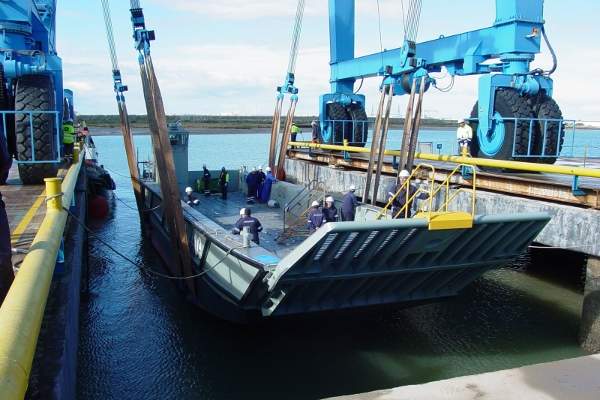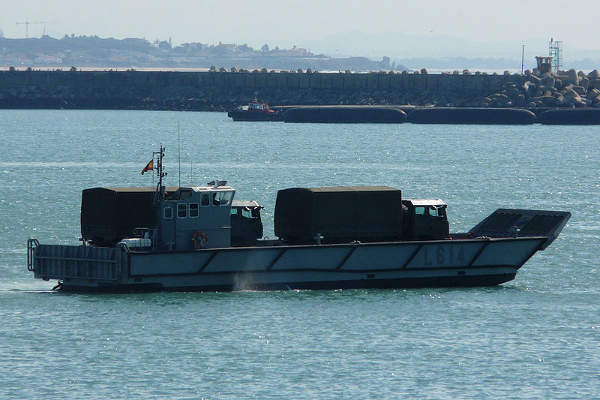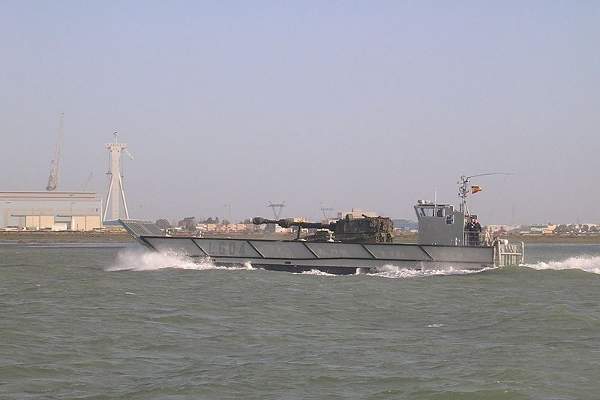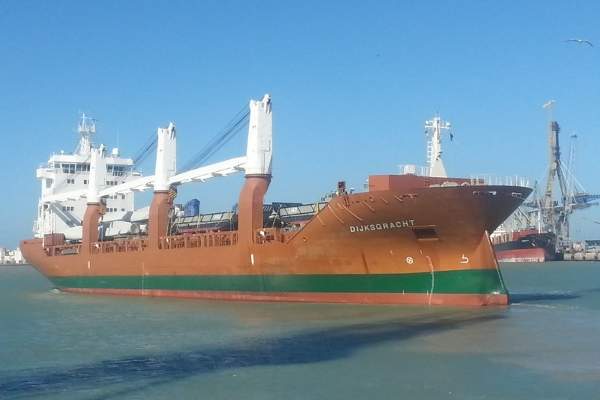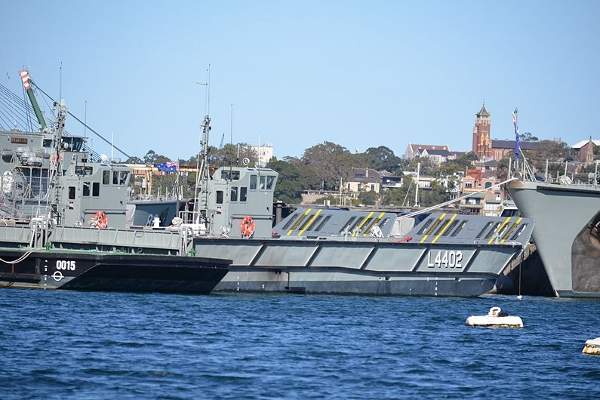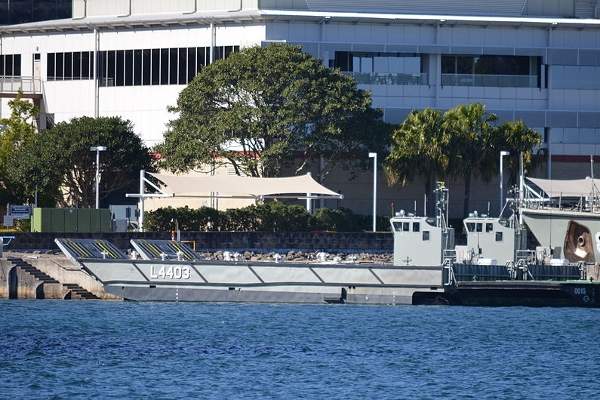LCM-1E (Landing Craft Mechanical 1E) is a medium-sized fast landing craft designed and constructed by Navantia for use in amphibious landing operations. It is designed to operate with landing platform dock (LPD) / landing helicopter dock (LHD) amphibious assault ships to transport large quantities of cargo, troops and equipment between ship and the shore. It can also perform cargo transfer between the craft and landing ship tank.
The craft can be used in over the horizon amphibious assaults for transporting cargo between the ship and the coast within a range of over 20nmi. It can also be deployed in humanitarian and peace-keeping missions.
Orders and deliveries of LCM-1E
Six Segura class minehunters have been built for the Spanish Navy by Navantia (formerly Bazan, then Izar) at the Cartagena shipyard.
Navantia signed a contract for the manufacture and delivery of two LCM-1E prototypes, designated L601 and L602, for the Spanish Navy in 1999. The fast landing craft were built at Navantia’s La Carraca, San Fernando, shipyard and delivered in March 2001. Navantia subsequently delivered 12 LCM-1Es (L603 – L614) with improved capabilities to the Spanish Navy between May 2006 and January 2008.
The landing craft are operated with the Galicia-class landing platform dock ships, Galicia and Castilla, as well as Juan Carlos I multi-purpose amphibious assault ship.
Navantia signed a contract with the Royal Australian Navy (RAN) in September 2011 to construct a series of 12 LCM-1E LHD landing craft (LLC) for two new Canberra-class landing helicopter dock (LHD) amphibious assault vessels, HMAS Canberra and HMAS Adelaide.
Construction on the first landing craft began at the company’s Bay of Cádiz facility in October 2012. The first batch of four LLCs was delivered in March 2014. The ninth LLC was launched in November 2014. Deliveries of all the landing craft are scheduled for completion by mid-2015.
In December 2012, the Undersecretariat for Defence Industries of the Turkish Government selected a team formed by Navantia and the Turkish shipyard SEDEF to design and build a LHD ship and four LCM landing craft for the Turkish Navy.
Design, features and capacities of LCM-1E fast landing craft
The LCM-1E fast landing craft is fitted with a wheelhouse on the right side. A stern gate / bow ramp allows loading and unloading of rolling stock over the beach. It also facilitates fore-aft interconnection between two craft in amphibious ships’ docks for transfer of cargo weighing up to 12t.
The landing craft can be operated by a crew of three to four people. It measures 23.3m in overall length, 21.27m in floatation length and 6.4m in width. It has a moulded depth of 2.8m and a depth of 1.6m at cargo deck. The mean draught is 1m, light displacement is 56.6t and full load displacement is 110t. The cargo area of the craft is approximately 103m².
The LCM-1E can carry different cargo load combinations including one M60A3 / M88A1 recovery vehicle; one Leopard type tank weighing 62.5t; one M109 A2 howitzer and one M992 Field Artillery Ammunition Supply Vehicle; two AAV (Assault Amphibious Vehicles); six HUMMER type vehicles; two M109 A2 howitzers; two C10T heavy trucks with trailer; two PIRANHA type vehicles; one heavy truck and three HUMMER vehicles; one medium truck with 20t container; and one Marine Corps company of 170 people.
Navigation and communications equipment on LCM-1E
The LCM-1E fast landing craft is equipped with a radar navigation, fleet control system, GPS (global positioning system) terminal, gyro needle / magnetic compass, and radio equipment. The HF, VHF and UHF communications equipment installed in the craft ensure secure communications between the crew.
LCM-1E propulsion and performance
The LCM-1E fast landing craft is powered by two MAN D-2842 LE 402X diesel engines, which generate a power output of 809kW each at 2,300rpm. The propulsion plant also consists of two gearboxes and two MJP 650 series waterjets with a capacity of 785kW each. The LCM-1E has a fuel capacity of 6,114l.
The landing craft can sail at a speed of more than 20kt while carrying light loads. It has a speed of 13.5k when equipped with full load, with a range of 190nm.
The Global Naval Surface Combatants and Warfare Systems Market 2011-2021
This project forms part of our recent analysis and forecasts of the global naval surface combatants and warfare systems market available from our business information platform Strategic Defence Intelligence. For more information click here or contact us: EMEA: +44 20 7936 6783; Americas: +1 415 439 4914; Asia Pacific: +61 2 9947 9709 or via email.

